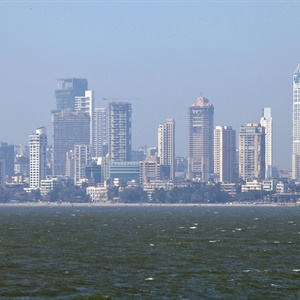Drones capable of lifting people spark security fears in UK prisons
Criminals are increasingly using sophisticated drones to infiltrate prisons to deliver contraband such as drugs or aid in prison escapes, MPs have warned. In a report, the Justice Committee said that the use of illicit drugs and their trade across prisons has reached “endemic” levels, which is fostering a “dangerous culture of acceptance that must be broken”. But it is the emergence of drones to deliver the drugs that represents a “paradigm shift” in how prisons should be thinking about tackling the drugs trade. As well as being able to bypass traditional perimeter security to deliver packages, the committee also heard about drones that could lift “a moderate-sized person”, which raises the threat that they could be used to aid in prison escapes. Recent data on drone incidents published…





















